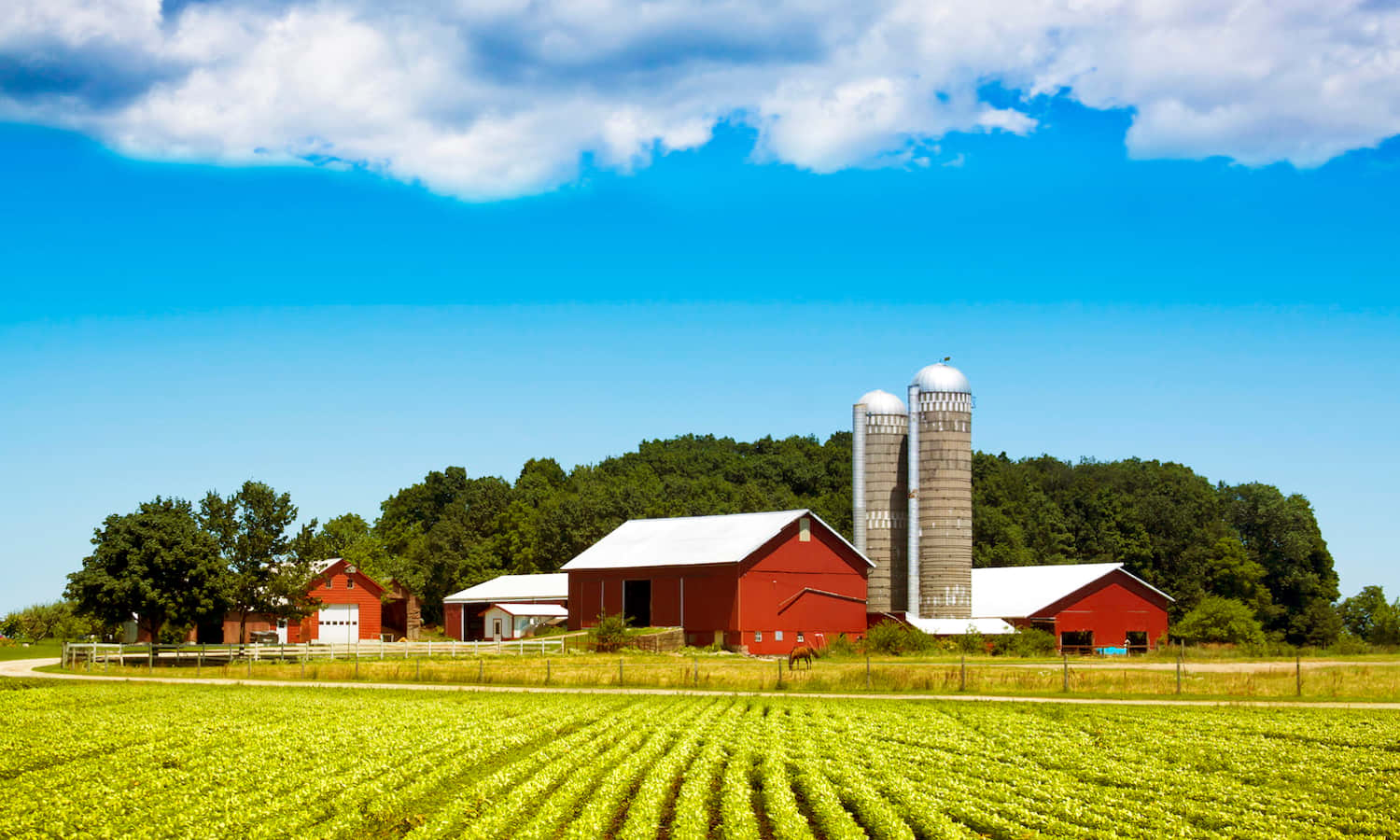
DEFINITION OF FARM POWER
Farm power is an essential input in agriculture for timely field operations for increasing the production and productivity of the land. Farm power is used for operating different types of machinery like tillage, planting, plant protection, harvesting and threshing machinery, and other stationary jobs like operating irrigation equipment, threshers/ sellers/ cleaners/ graders, etc.
SOURCES OF FARM POWER
The different sources of farm power for various agricultural operations are classified as-
- Human power
- Animal power
- Mechanical power (Tractors, Power tillers, and Oil engines)
- Electrical power
- Renewable energy (Biogas, Solar energy, and Wind energy)
HUMAN POWER OF A FARM
Human power is the main source for operating small implements and tools at the farm. Stationary work like chaff cutting, lifting, water, threshing, winnowing, etc is also done by manual labor. An average man can develop a maximum power of about 0.1 hp for doing farm work.
Advantages: Easily available and used for all types of work such as plowing, soil leveling, constructing bunds, drains, crop harvesting and transporting, grain processing and pests control, etc.
Disadvantages: Costliest power compared to all other forms of power, very low efficiency, requires full maintenance when not in use, also affected by weather conditions and seasons.
ANIMAL POWER OF A FARM
Animals are still widely used as a major power source in many countries. Land preparation, weed management, crop threshing, and transport are executed using animal power. Oxen, bullocks, and buffalo are the most popular animal power source for agricultural practices although horses, donkeys, mules, and camels are used in many countries for transportation. Power developed by an average pair of bullocks about I hp for usual farm work. The average force a drain animal can exert is nearly one-tenth of its body weight.
Advantages: Easily available, Used for all types of work, Low initial investment, Supplies manure to the field and fuels to farmers, Multipurpose use for meat and milk, Cheap to maintain
Disadvantages: Not very efficient, Seasons and weather affect the efficiency, Cannot work at, stretch, Require full maintenance when there is no farm work, Creates an unhealthy and dirt atmosphere near the residence, Very slow in doing work and Animals need feeding and protection against pests and disease.
MECHANICAL POWER OF A FARM
Broadly speaking, mechanical power includes stationary oil engines, tractors, power tillers, and self-propelled combines. The internal combustion engine is a good device for converting liquid fuel into useful work (mechanical work). These engines are two types-
- Spark ignition engines (Petrol or Kerosene engine)
- Compression ignition engines (Diesel engines)
The thermal efficiency of the diesel engine varies from 32 to 38 percent whereas that of the petrol engine varies from 25 to 32 percent. In modern days, almost all tractors and power tillers are operated by diesel engines. Diesel engines are used for operating irrigation pumps, flour mills, oil-producing machines, cotton gins, chaff cutters, sugarcane crushers, threshers, winnowers, etc.
Advantages: Efficiency is high; not affected by weather; can run at a stretch; requires less space and cheaper form of power, operate in harder conditions than animals or humans, operate in both wet and dry conditions
Disadvantages: Initial capital investment is high; fuel is costly and repairs and maintenance need technical knowledge.
ELECTRICAL POWER OF A FARM
Electrical power is used mostly in the form of electrical motors on the farms. The motor is a very useful machine for farmers. It is clean, quest and smooth running. Its maintenance and operation need less attention and care. The operating cost remains almost constant throughout Its life. Electrical power is used for water pumping, the dairy industry, cold storage, farm product processing, the fruit industry, and many similar things.
Advantages: a Very cheap form of power; high efficiency; can work at a stretch; maintenance and operating cost is very low and not affected by weather conditions.
Disadvantages: Initial capital investment is high; require a good amount of technical knowledge and it causes great danger if handled without care.
RENEWABLE ENERGY OF A FARM
It is the energy mainly obtained from renewable sources of energy like sun, wind, biomass, etc. Biogas energy, wind energy, and solar energy are used in agriculture and domestic purposes with suitable devices. Renewable energy can be used for lighting, cooking, water heating, space heating, water distillation, food processing, water pumping, and electric generation. This type of energy is inexhaustible in nature. Usage of renewable energy sources.
- Solar energy– Solar dryers, lantern, cooker, solar still, solar refrigeration, solar lighting, etc
- Wind energy- Water pumping, electricity generation, etc.
- Biomass energy– Gasifiers to produce producer gas, pyrolysis to produce liquid fuels, Biogas, etc
- Tidal energy – electricity generation
- Geothermal energy– Heat and electricity production.
.jpg)

No comments:
Post a Comment